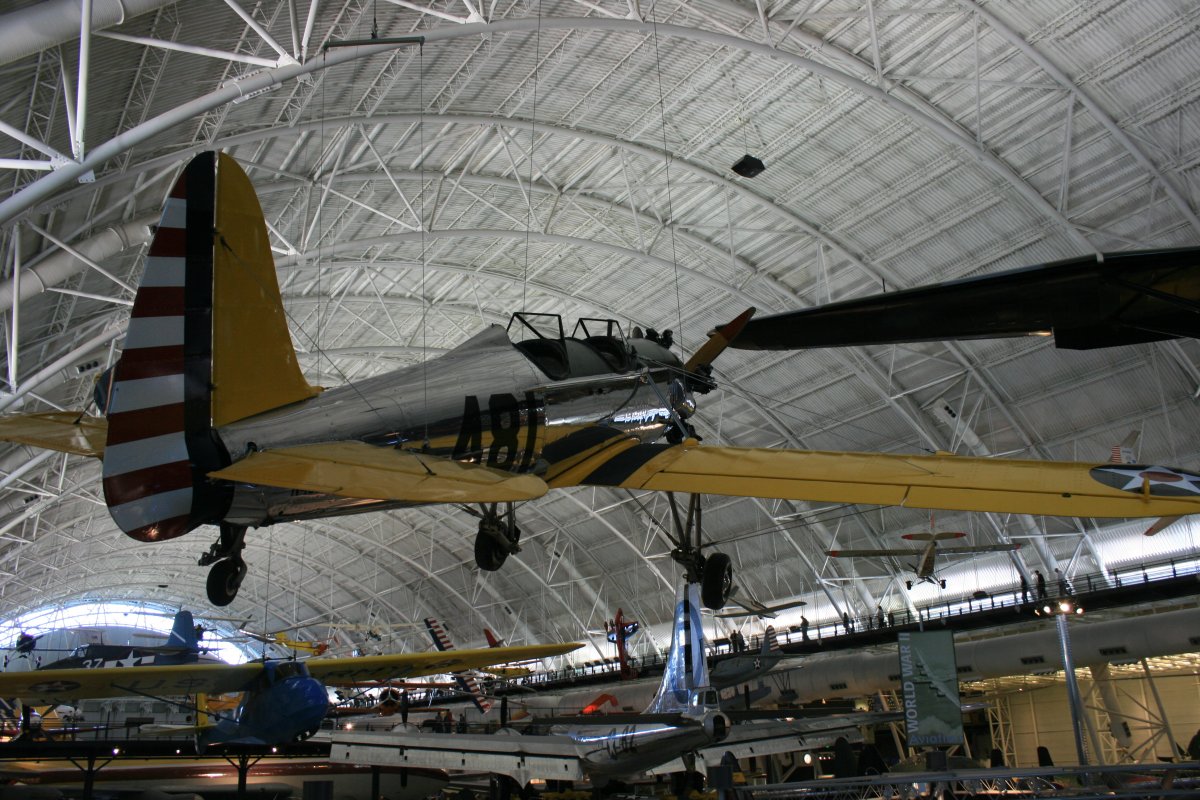March 28, 2018 - National Air & Space Museum Udvar-Hazy
Once a year, the National Air and Space Museum Udvar-Hazy Center has an open house for their restoration center. So Bruce, Don and I headed down.
We had some time before the restoration center open house started so we checked out the space area. Here is the Apollo boilerplate Command Module. Boilerplates were used for testing and
training. The actual flotation bags from Apollo 11 are on this one.
We had some time before the restoration center open house started so we checked out the space area. Here is the Apollo boilerplate Command Module. Boilerplates were used for testing and
training. The actual flotation bags from Apollo 11 are on this one.
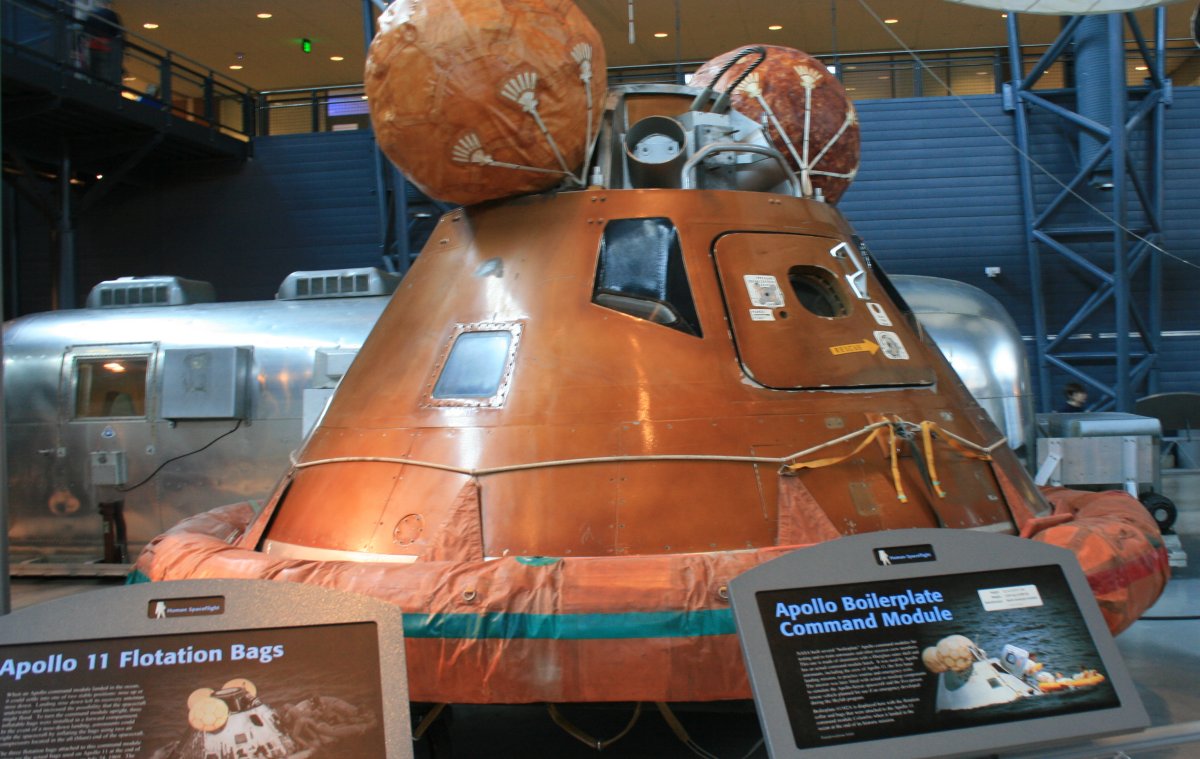
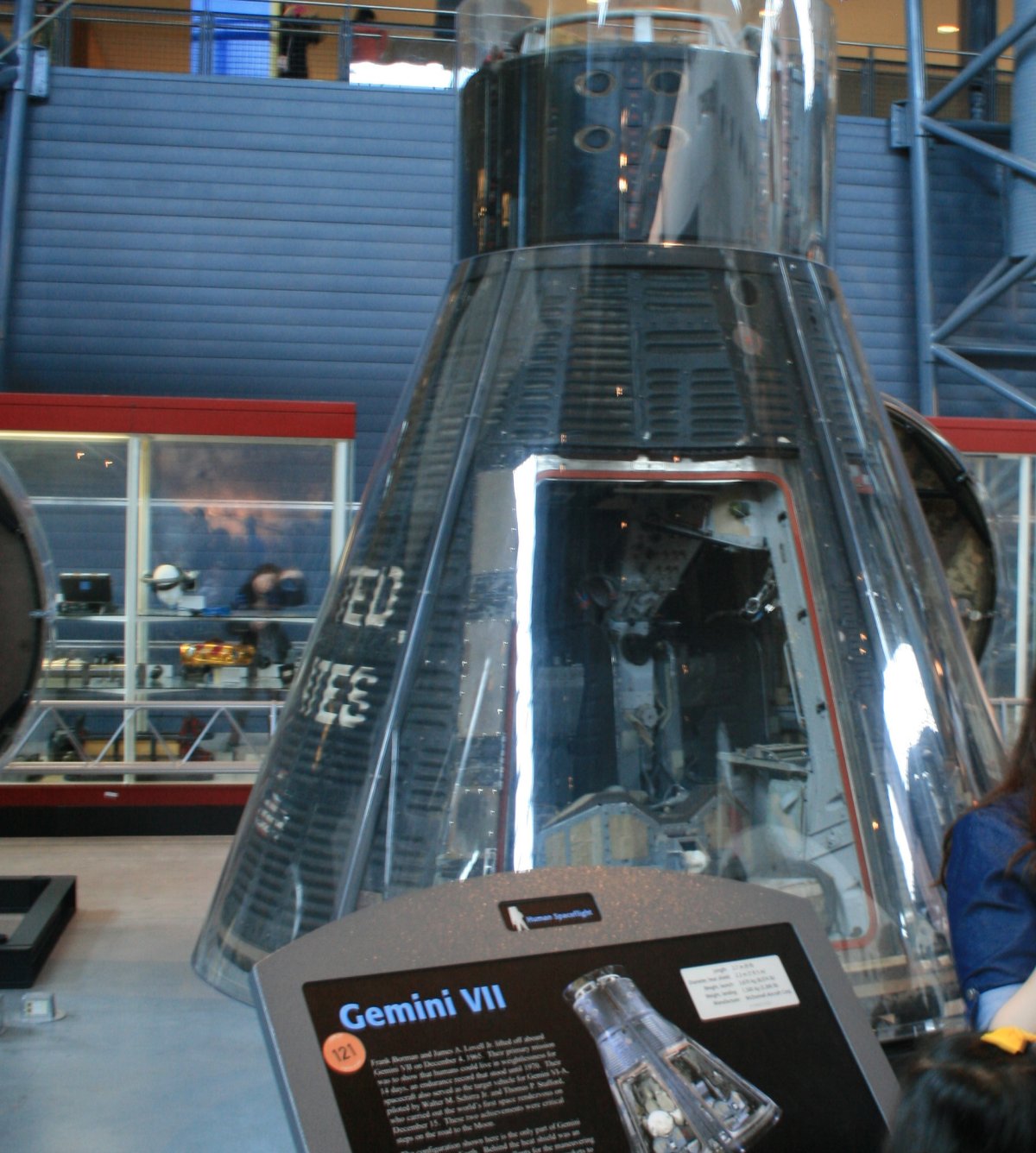
Gemini 7 from another angle.
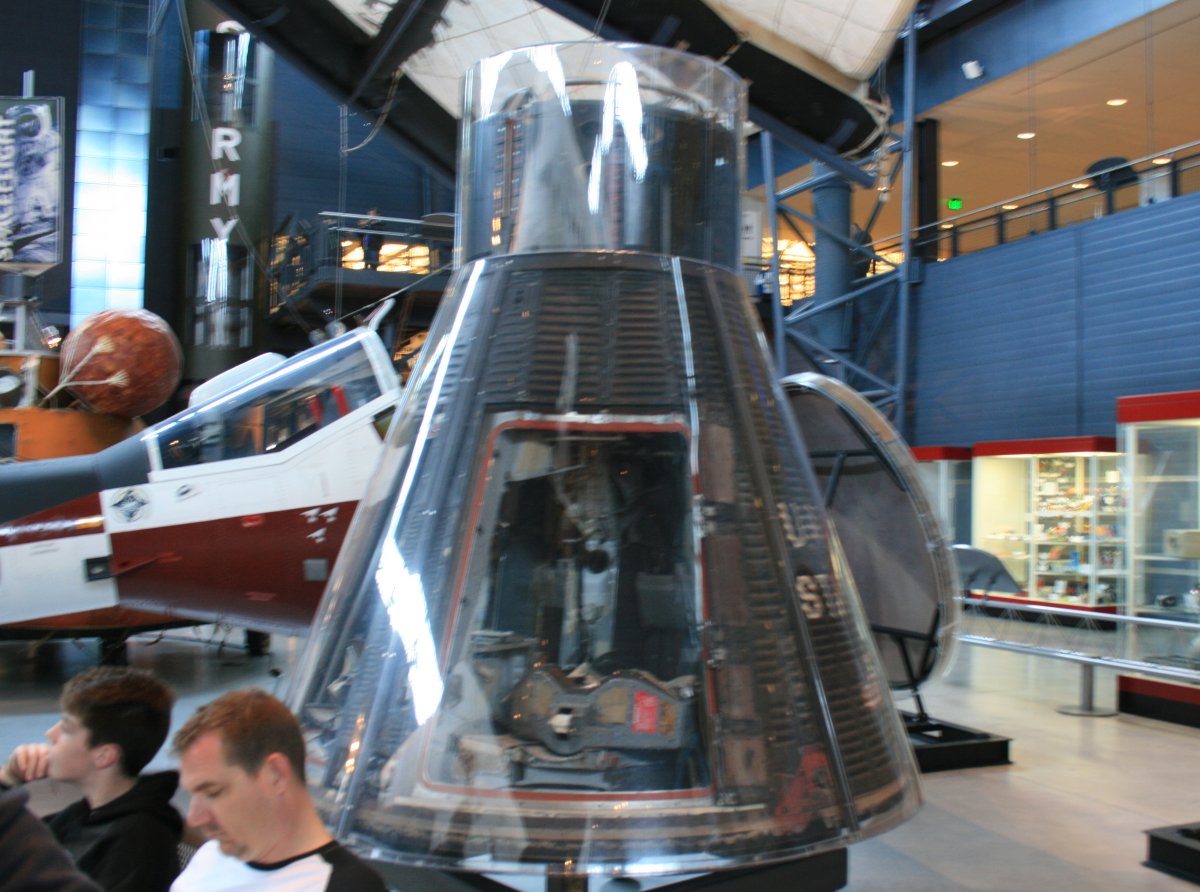
had hoped to fly this Mercury capsule on a long-duration orbital mission in late 1963 but NASA cancelled the flight to concentrate on its next human spaceflight project, Gemini.
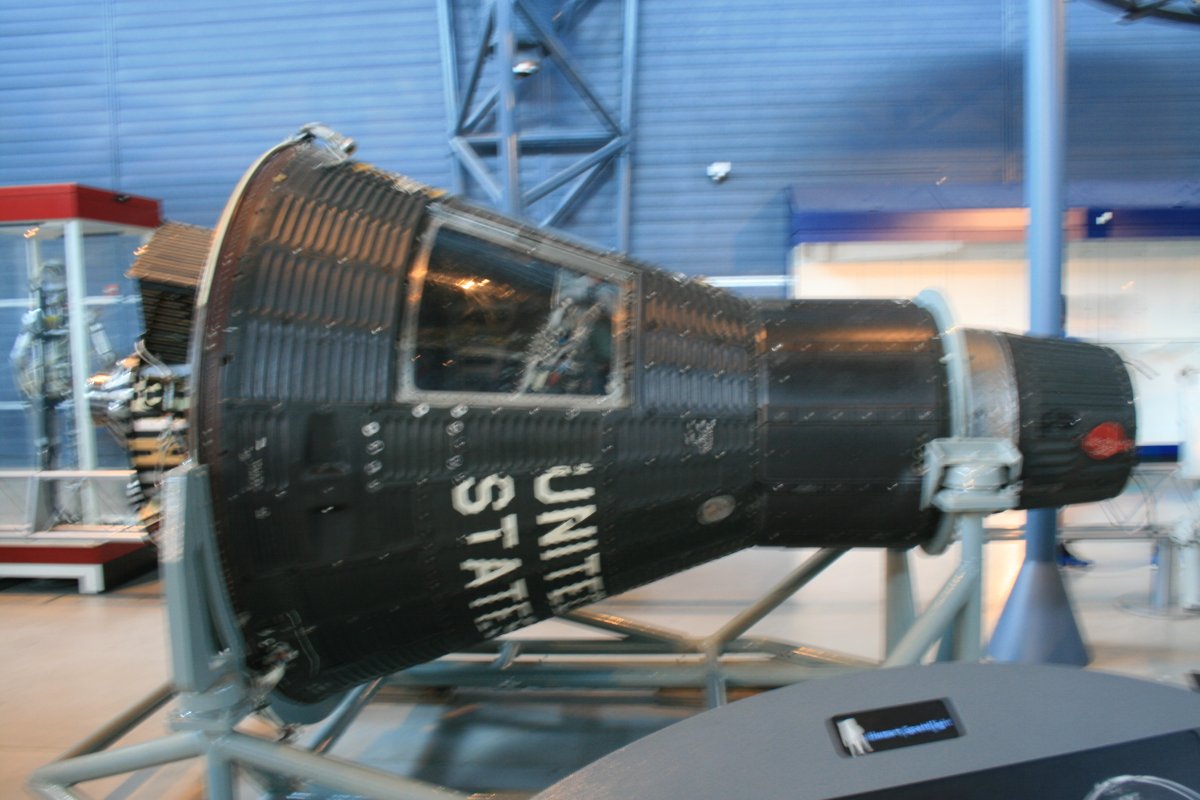
This A7LB spacesuit was worn by James Irwin as lunar module pilot on the Apollo 15 moon mission .
These suits were really amazing, consisting of approximately 26 layers of materials designed to protect the astronaut from the extremes of temperature to be found in the vacuum of space and on the lunar
surface. When combined with the portable life support system and other components, they weighed approximately 185 pounds here on earth! Of course, on the moon that was only 26.4 pounds.
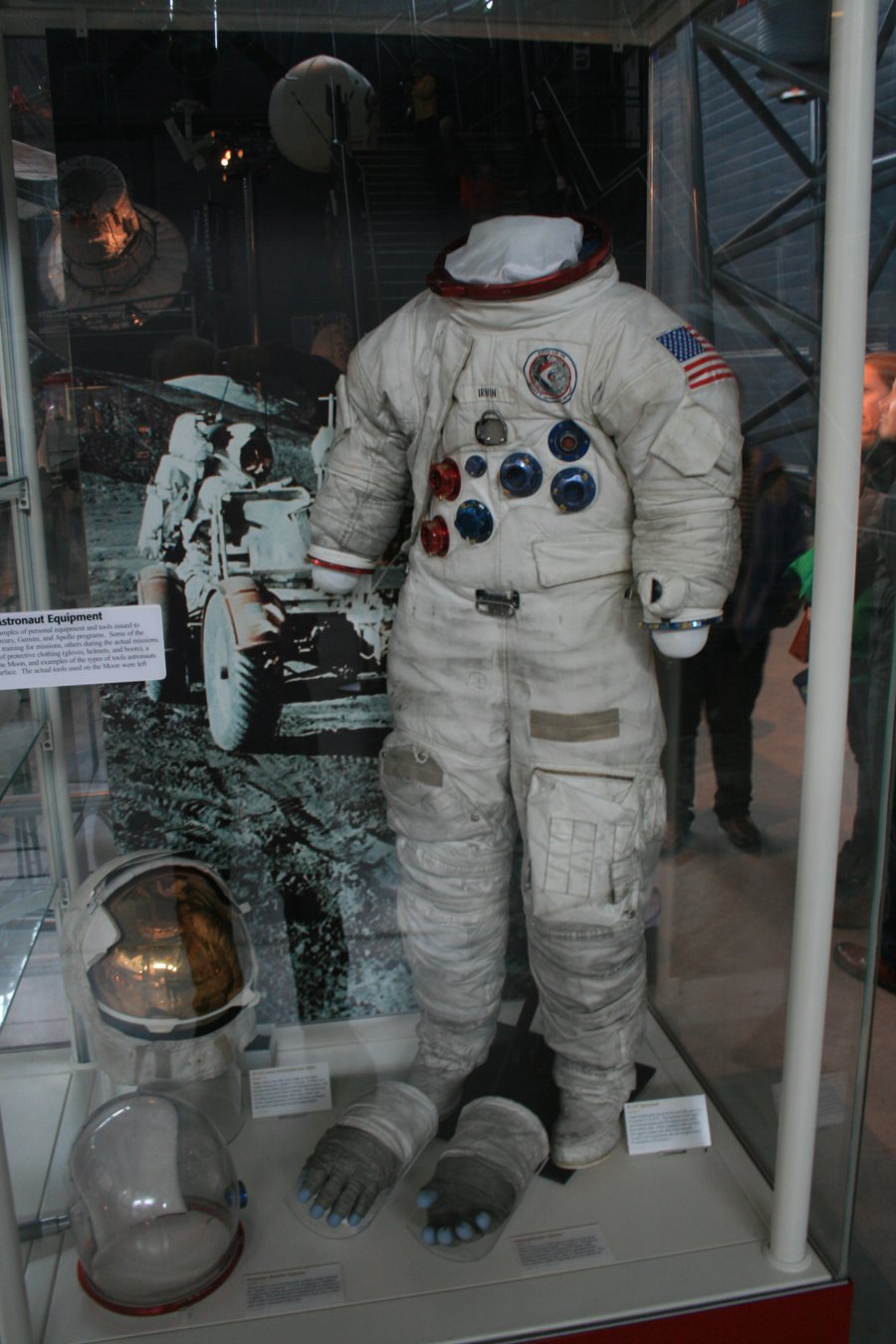
a stable platform, accelerometers, a digital computer, and control electronics -- as well as radar, telemetry and other units. Pretty advanced stuff for the 60s!
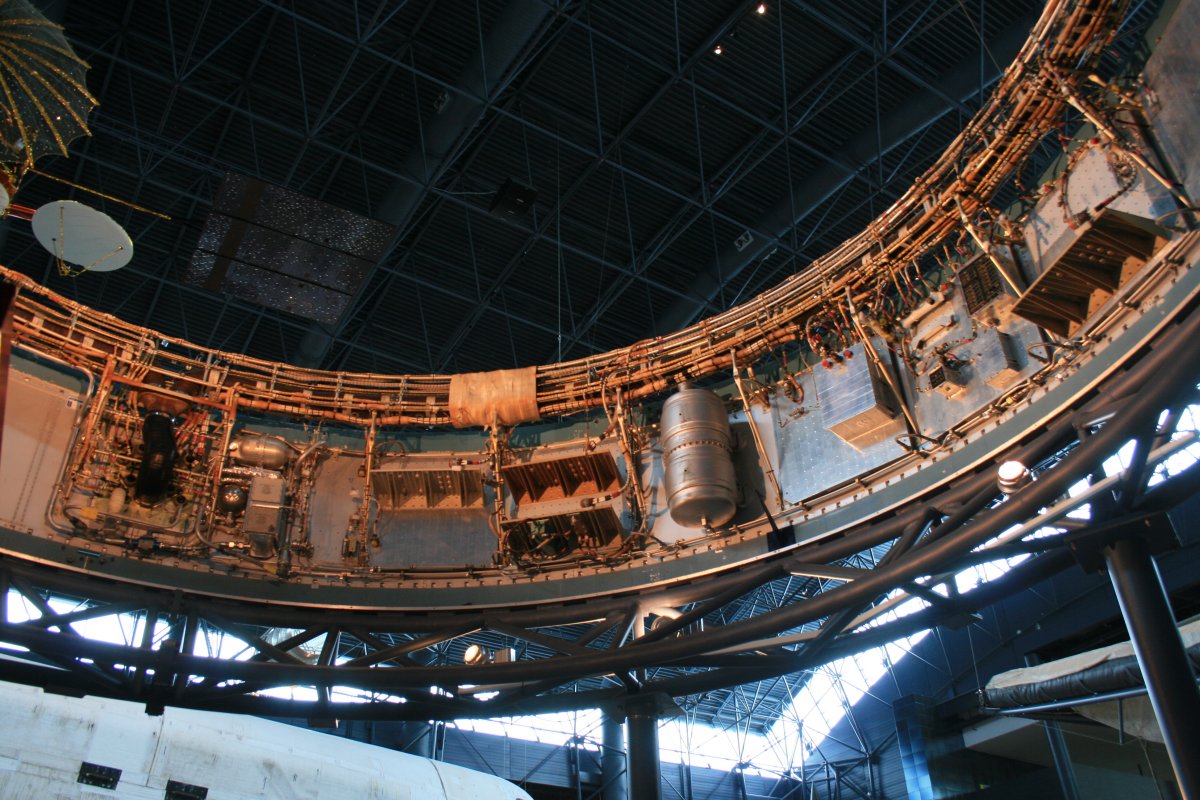
Looking down at the Mary Baker Engel restoration center.
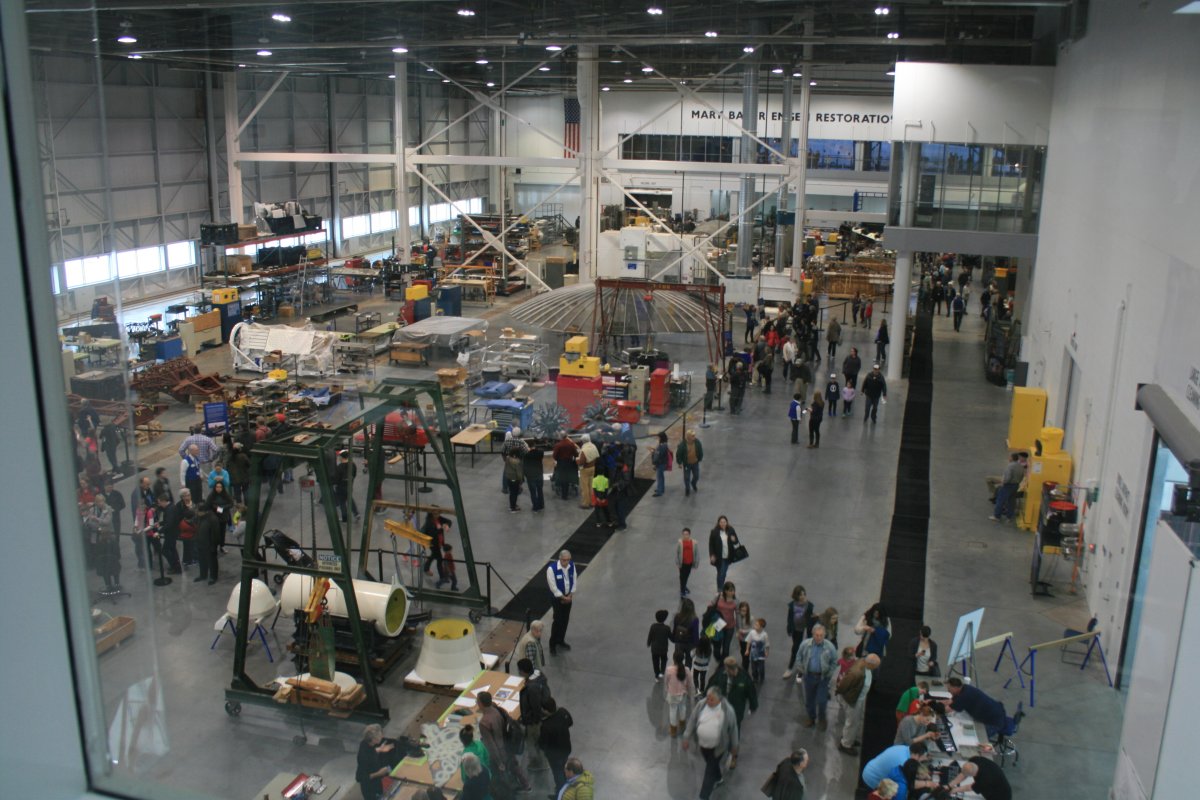
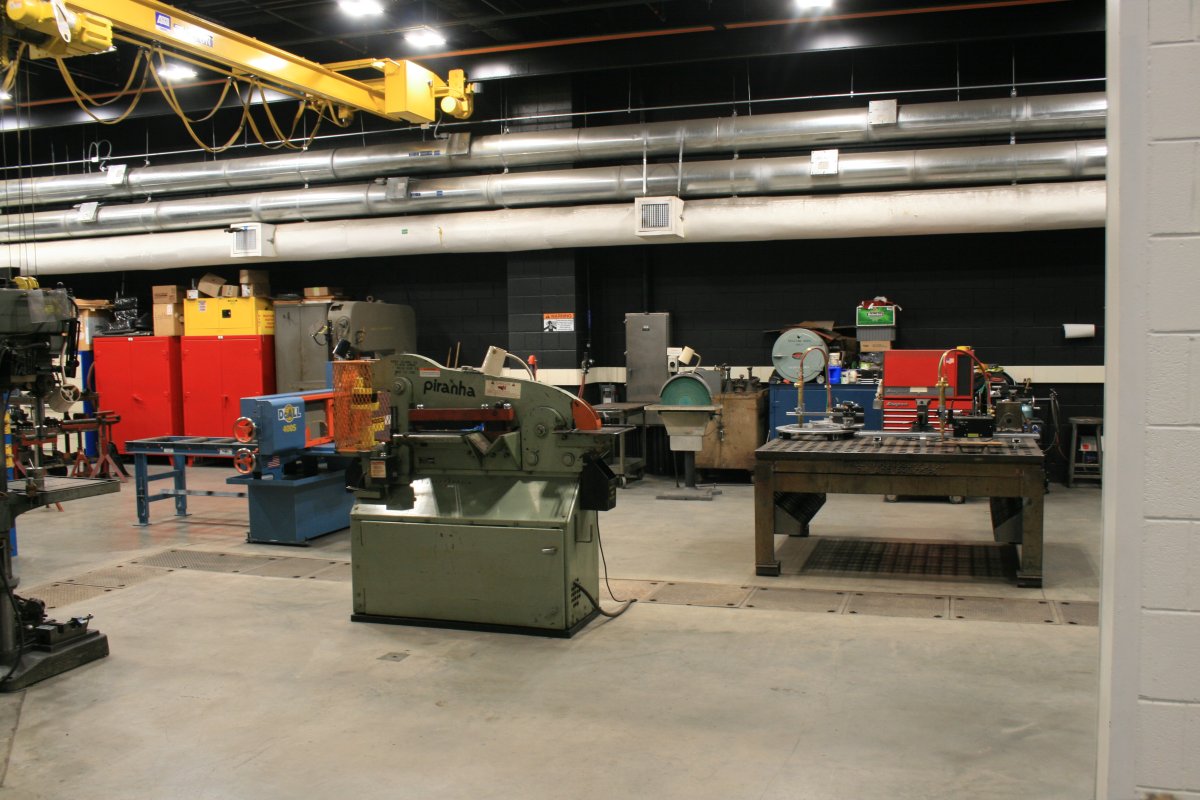
Currently, the main restoration project is the B-26 Marauder: "Flak Bait". The nose section was in the NASM's World War II section for many years. The rest of the aircraft -- fuselage,
empennage, engines and wings -- was in storage. But now they are putting it all back together for display at Udvar Hazy.
empennage, engines and wings -- was in storage. But now they are putting it all back together for display at Udvar Hazy.
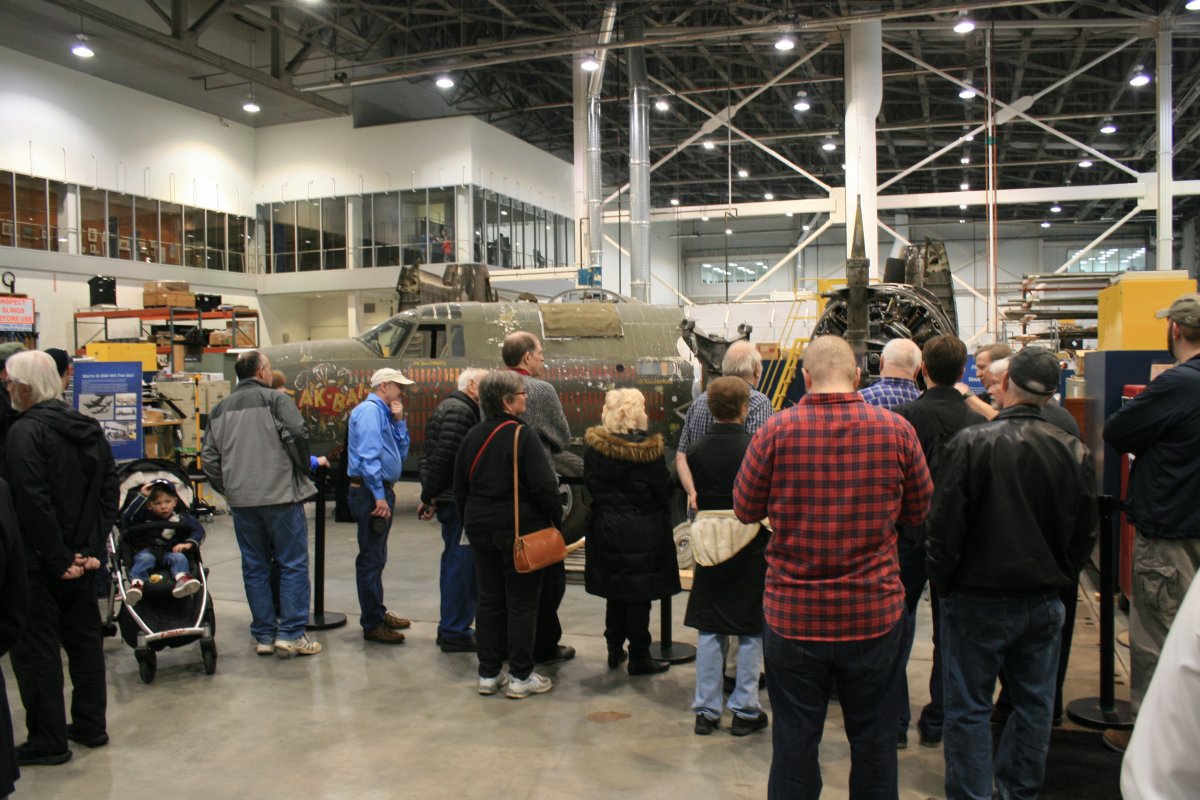
reasons was that the B-26 was a fast medium bomber and German fighters had a hard time catching them.
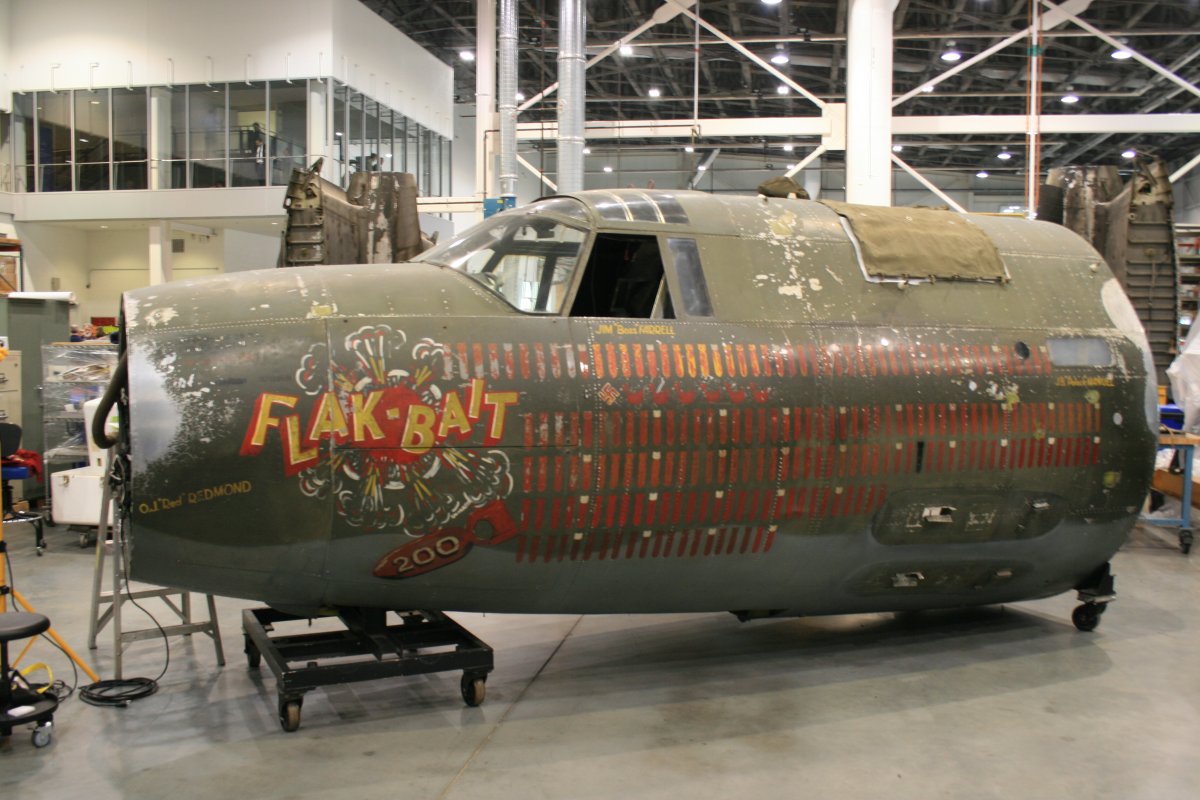
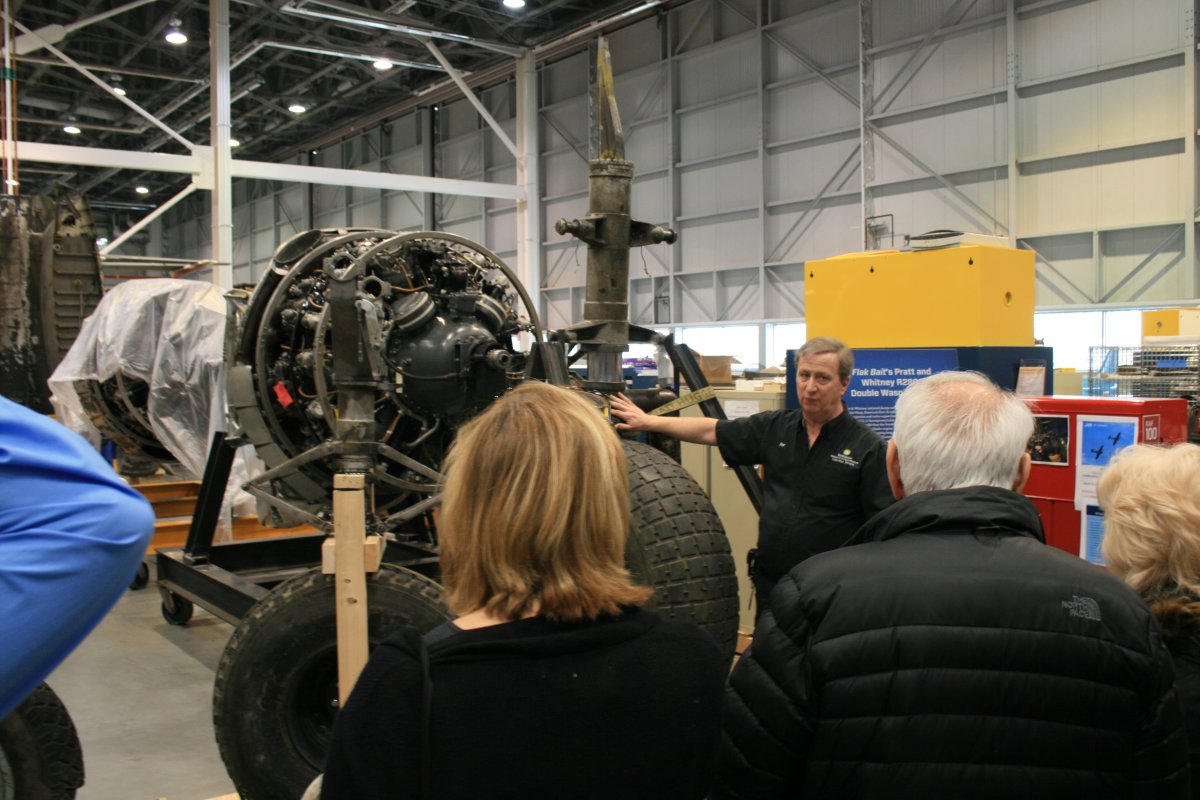
There is the right wing and the center fuselage section.
The B-26s were built in Baltimore, Maryland where Martin State airport now is.
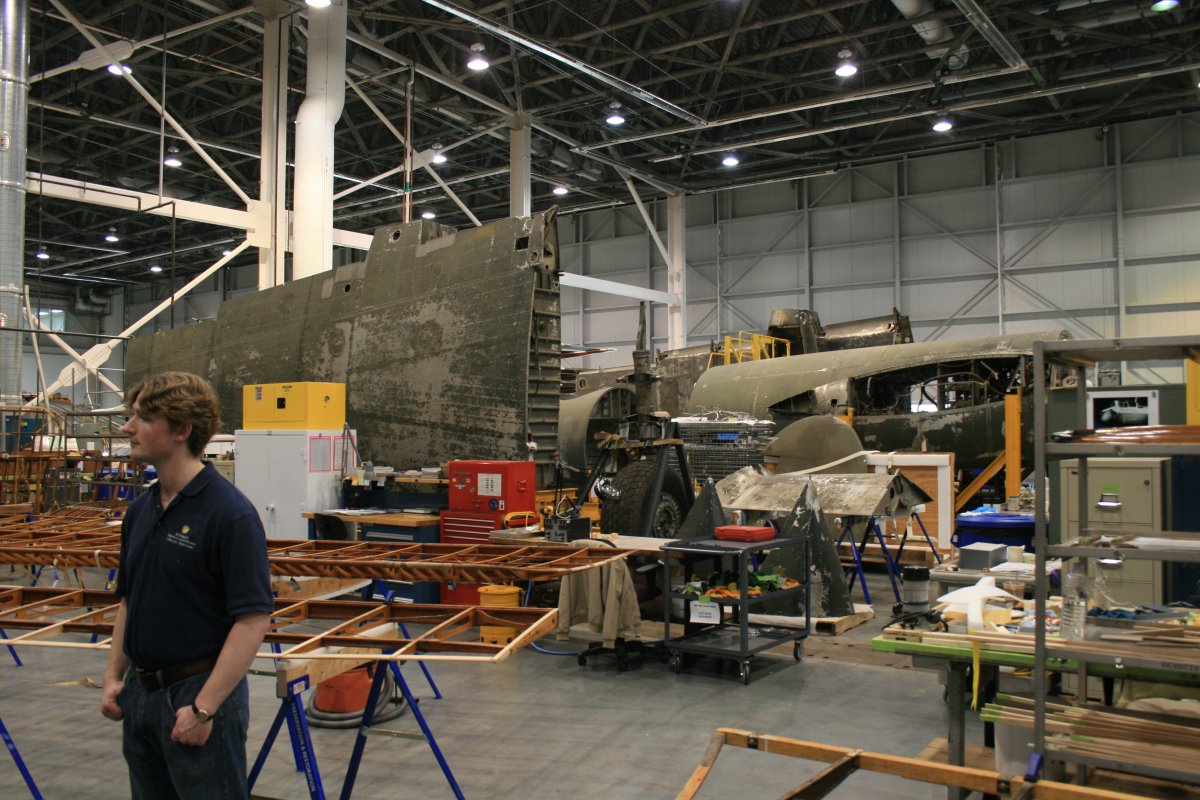
A Lincoln-Standard H.S. (Modified J-1) being restored. Notice the wood-framed with internal wire-bracing fuselage. The Standard J-1 was a trainer used in World War I along with the more
famous Curtiss JN-4D Jenny. After the war, both were available for surplus buys in great numbers at low prices.
famous Curtiss JN-4D Jenny. After the war, both were available for surplus buys in great numbers at low prices.
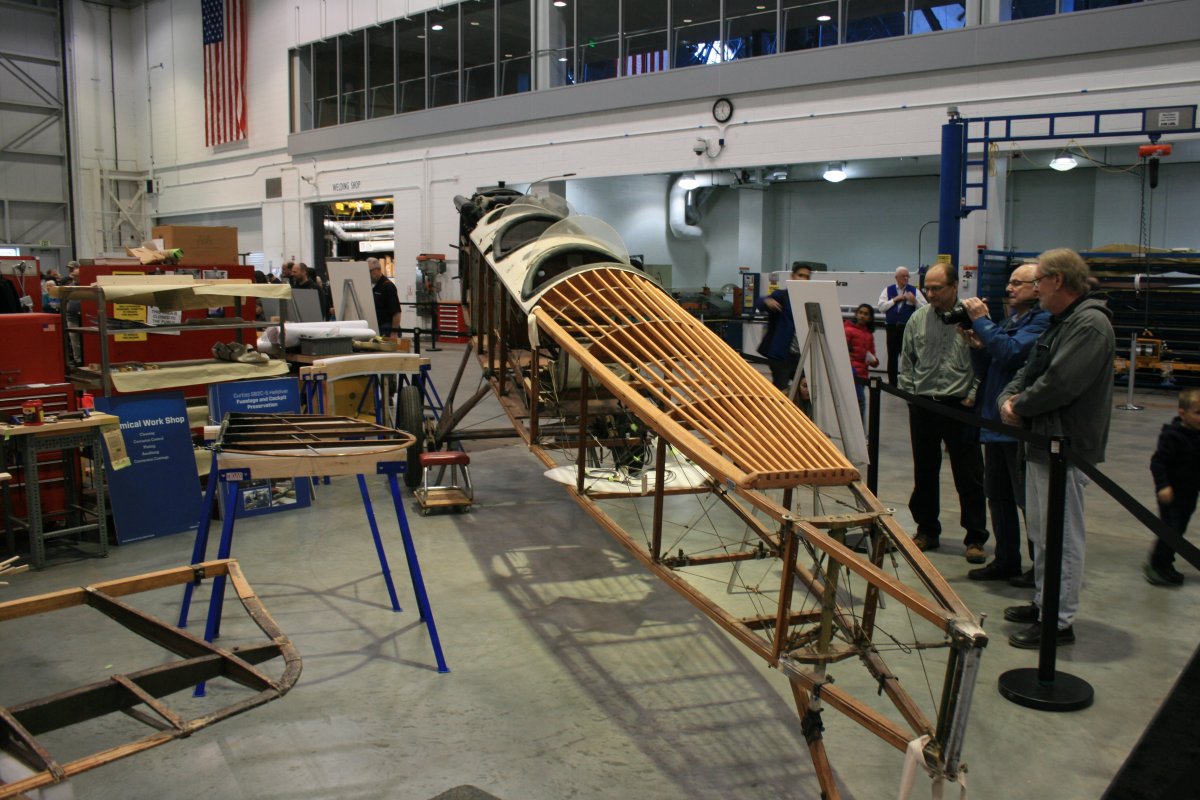
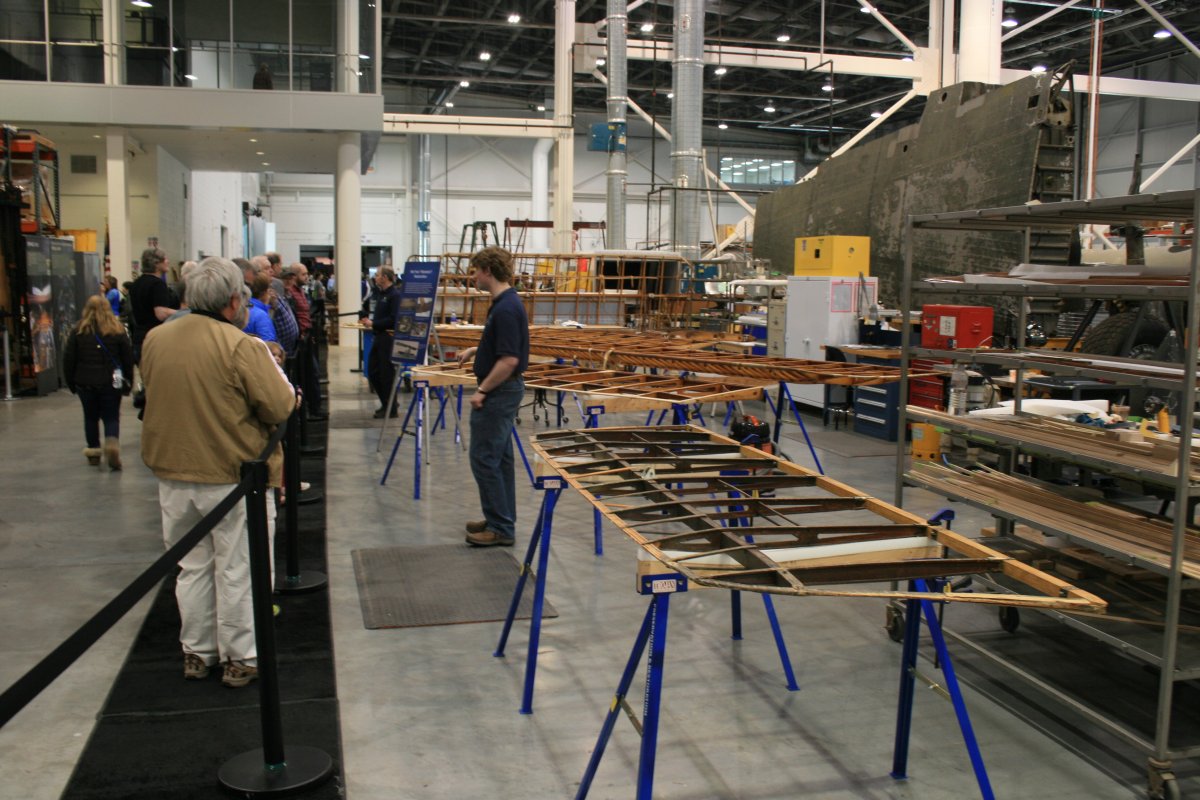
The old ways still work: a jig for bending wood strips.
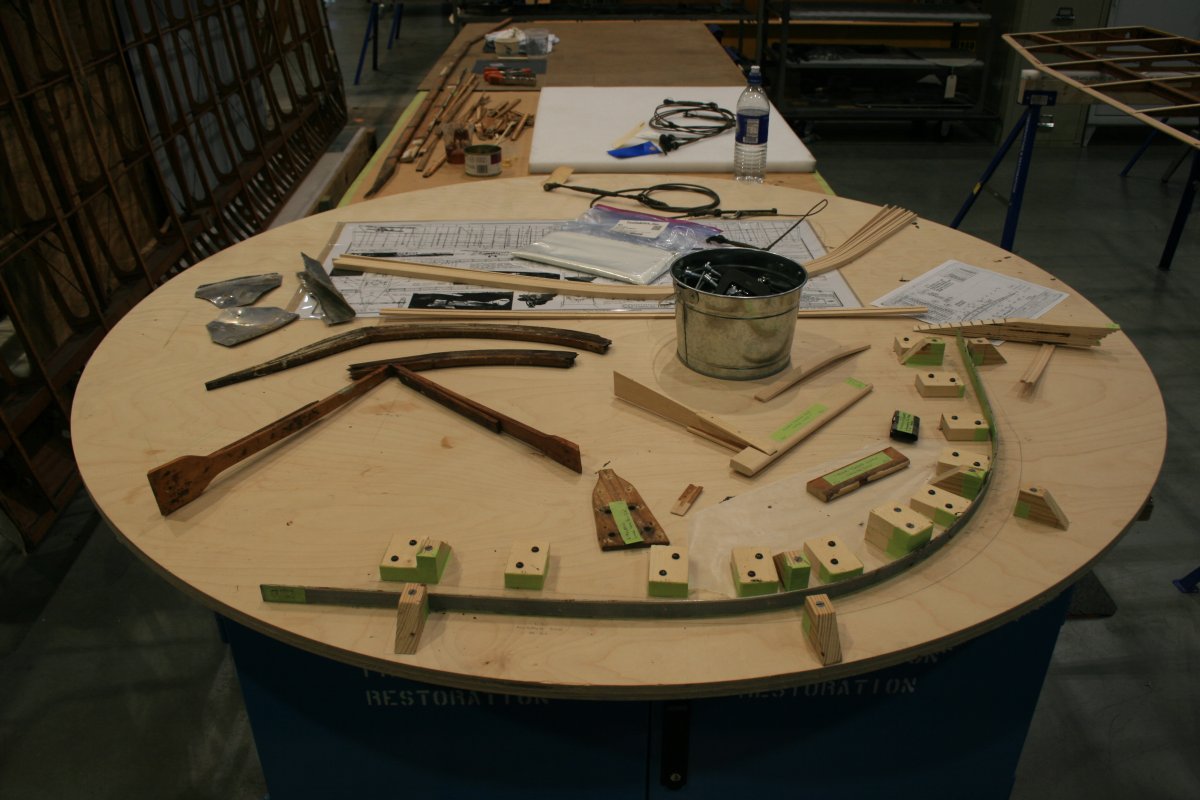
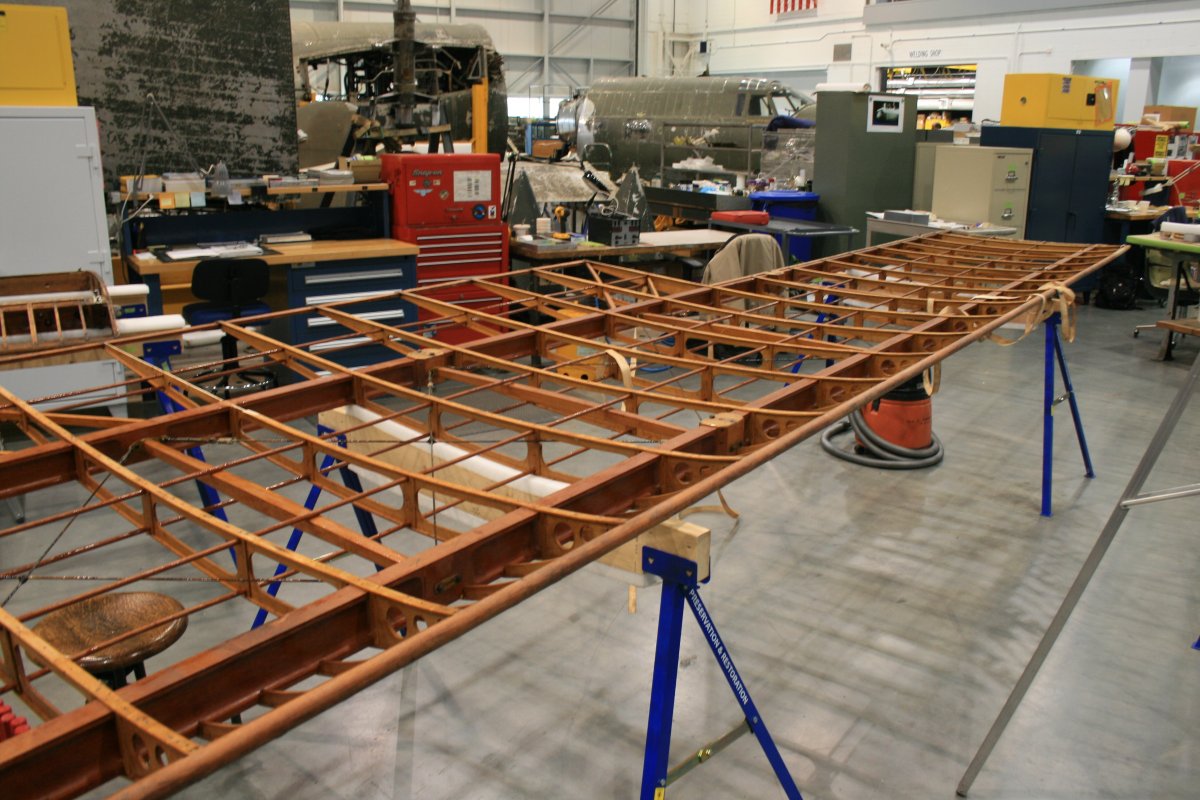
They were the first close-up pictures of the moon ever taken and were needed to plan for the moon landing.
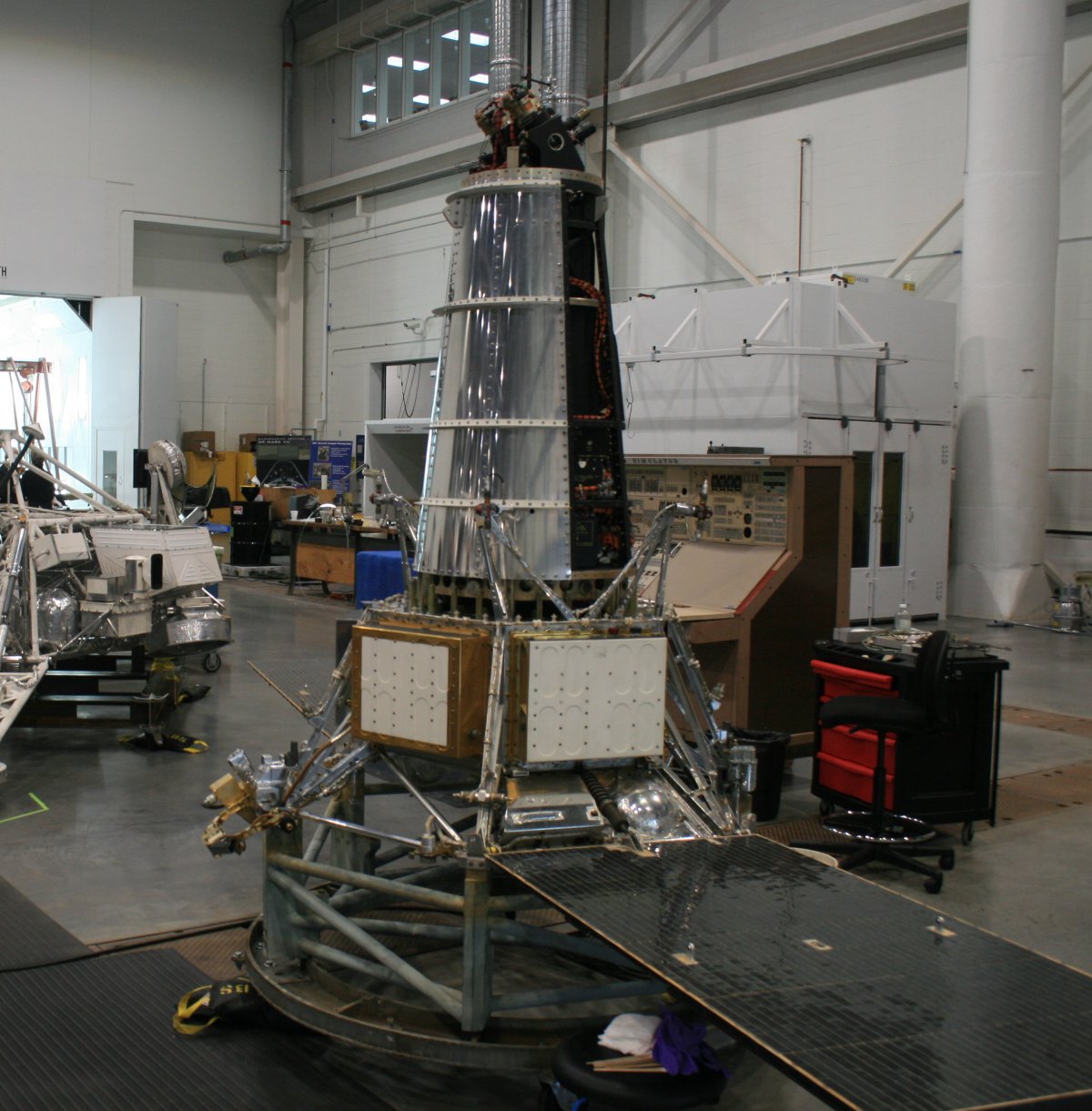
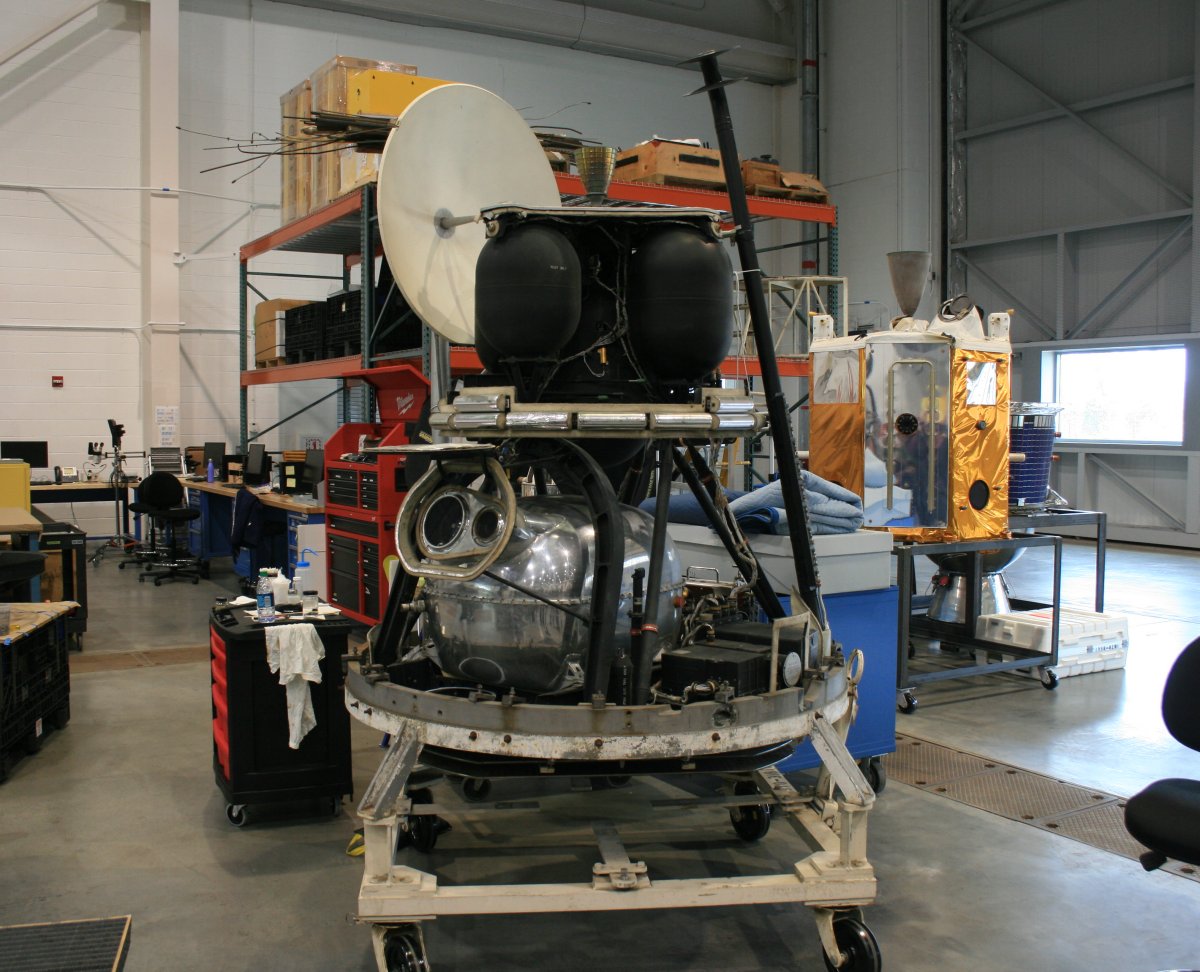
And finally, spacecraft like this one actually landed on the moon. One worry was that the moon was covered in dust so thick that it was not solid enough to land on. Craft like this proved that it
was solid enough.
was solid enough.
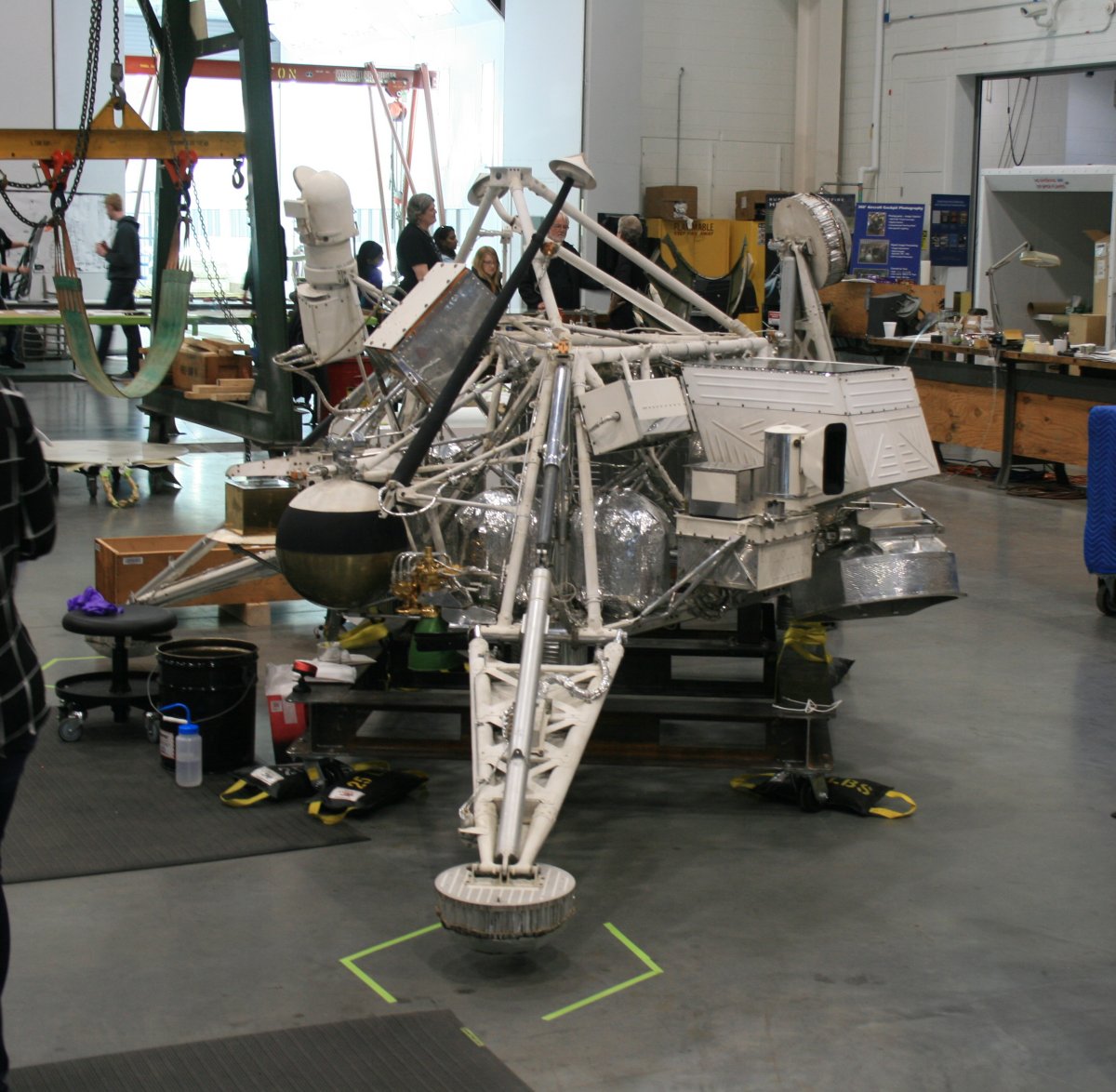
A close-up of the unmanned lander. All three of these craft were critical in making a moon landing possible. They are being restored now and will be exhibited in the National Air and Space
Museum on the mall after its renovation is complete.
Museum on the mall after its renovation is complete.
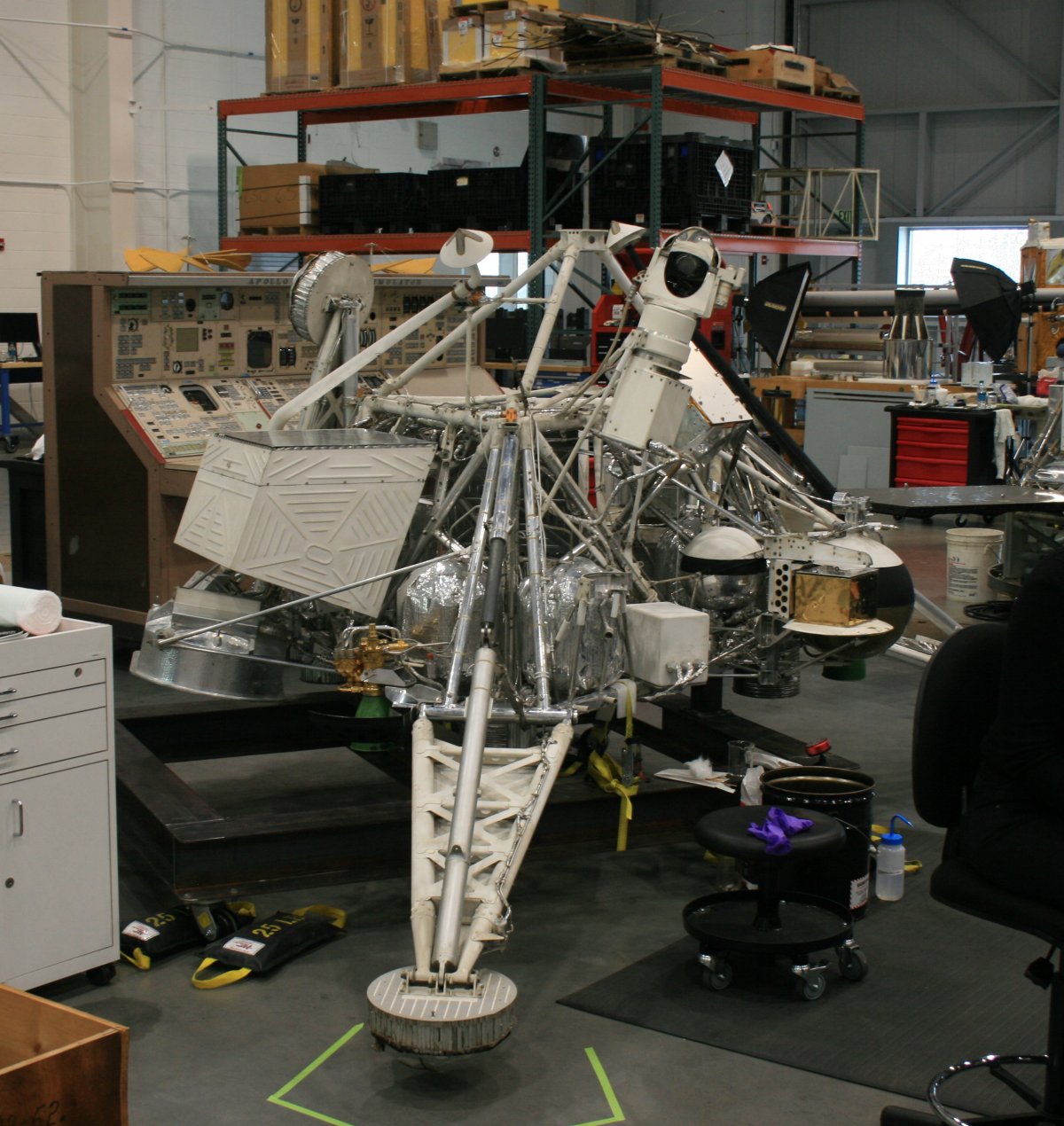
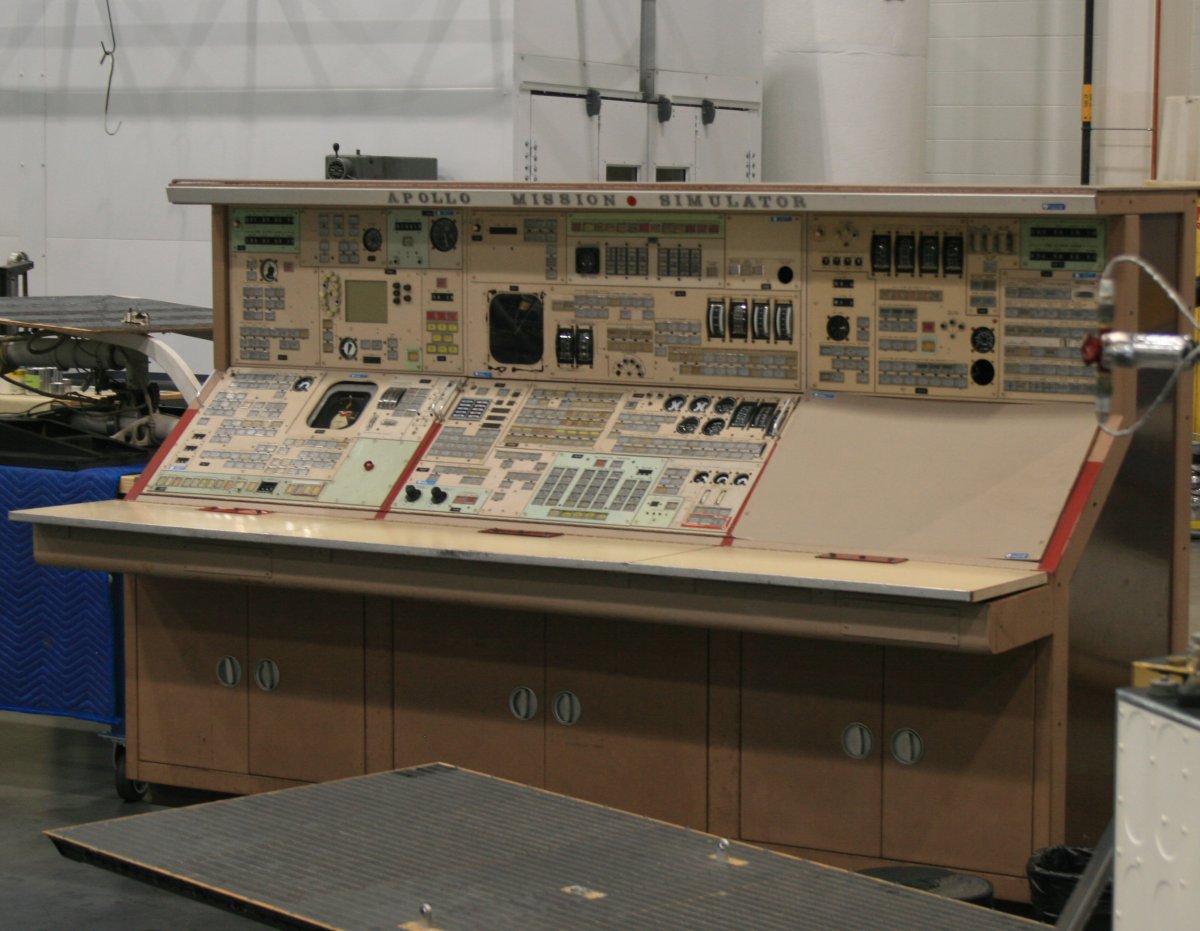
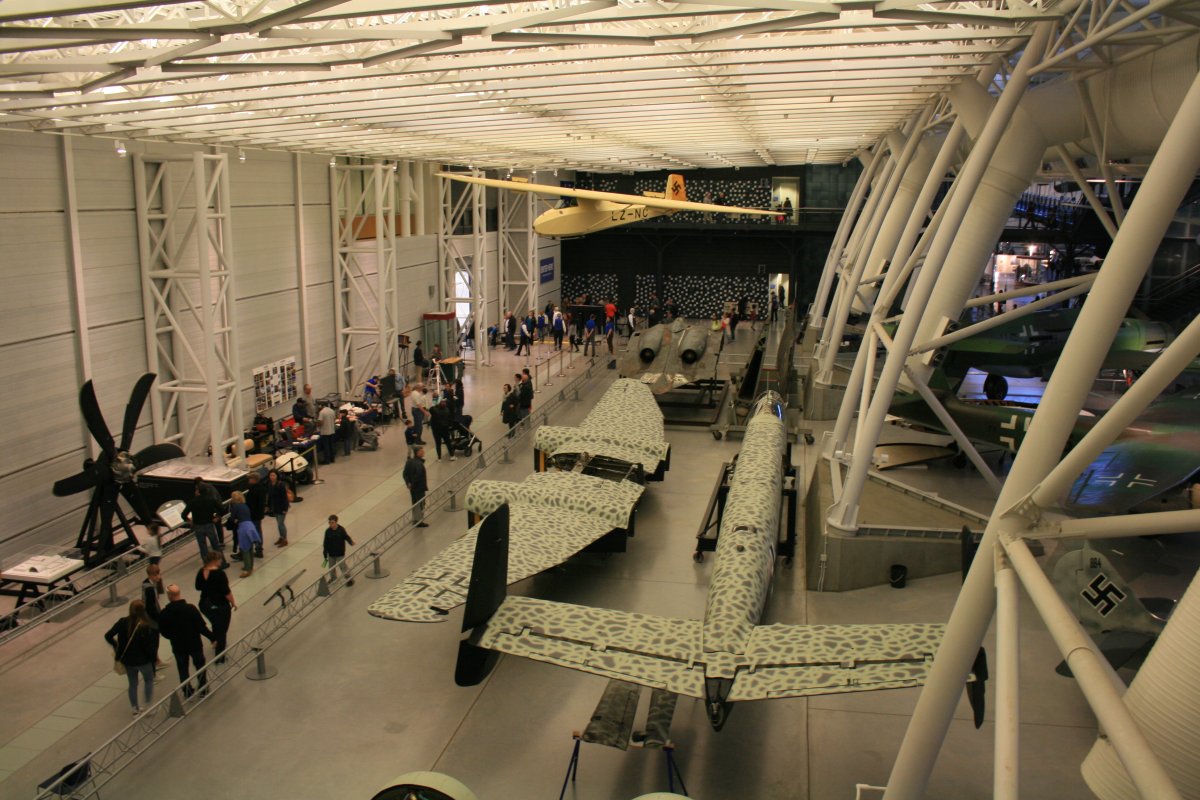
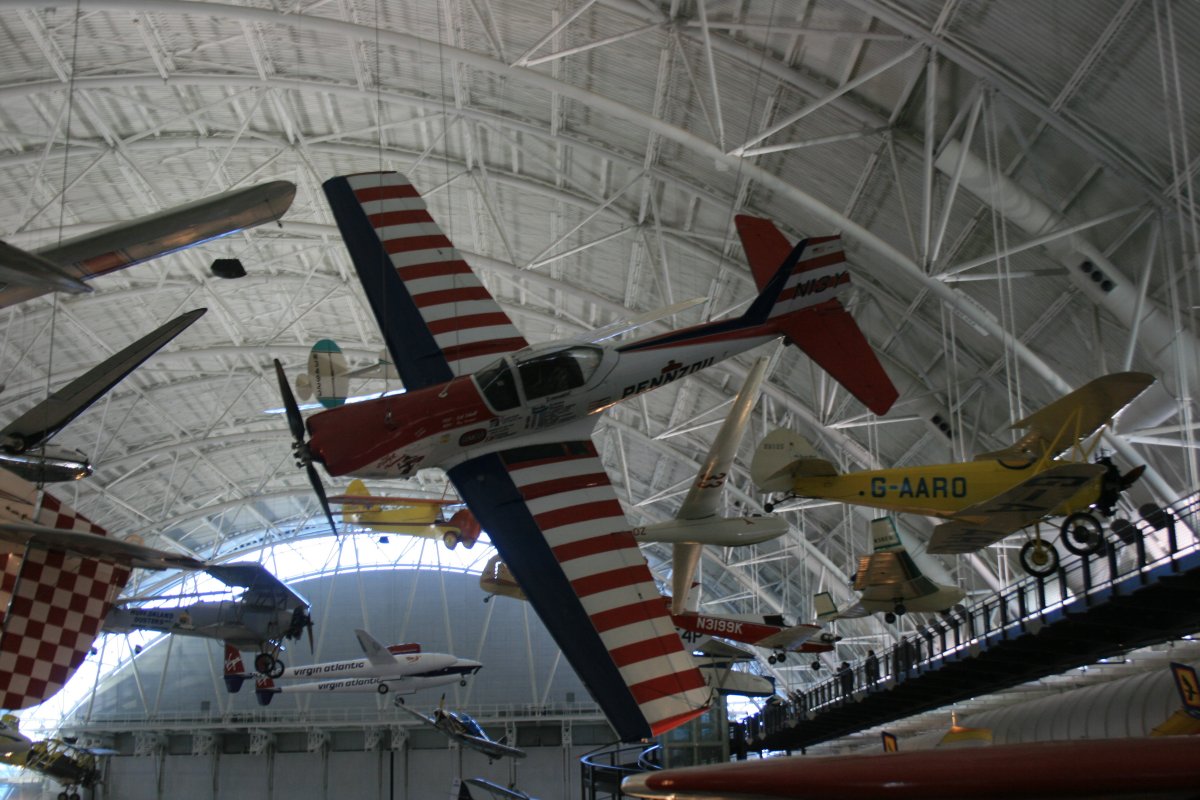
This seaplane was actually at Pearl Harbor on December 7, 1941.
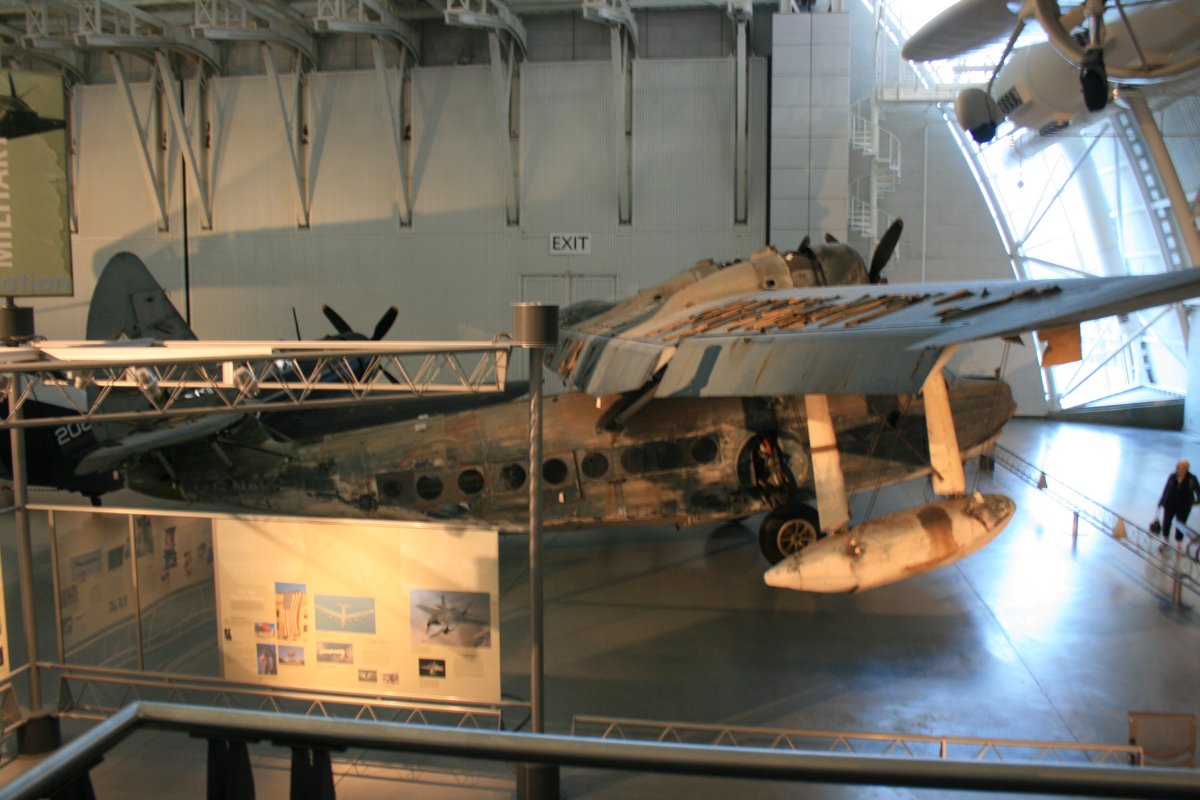
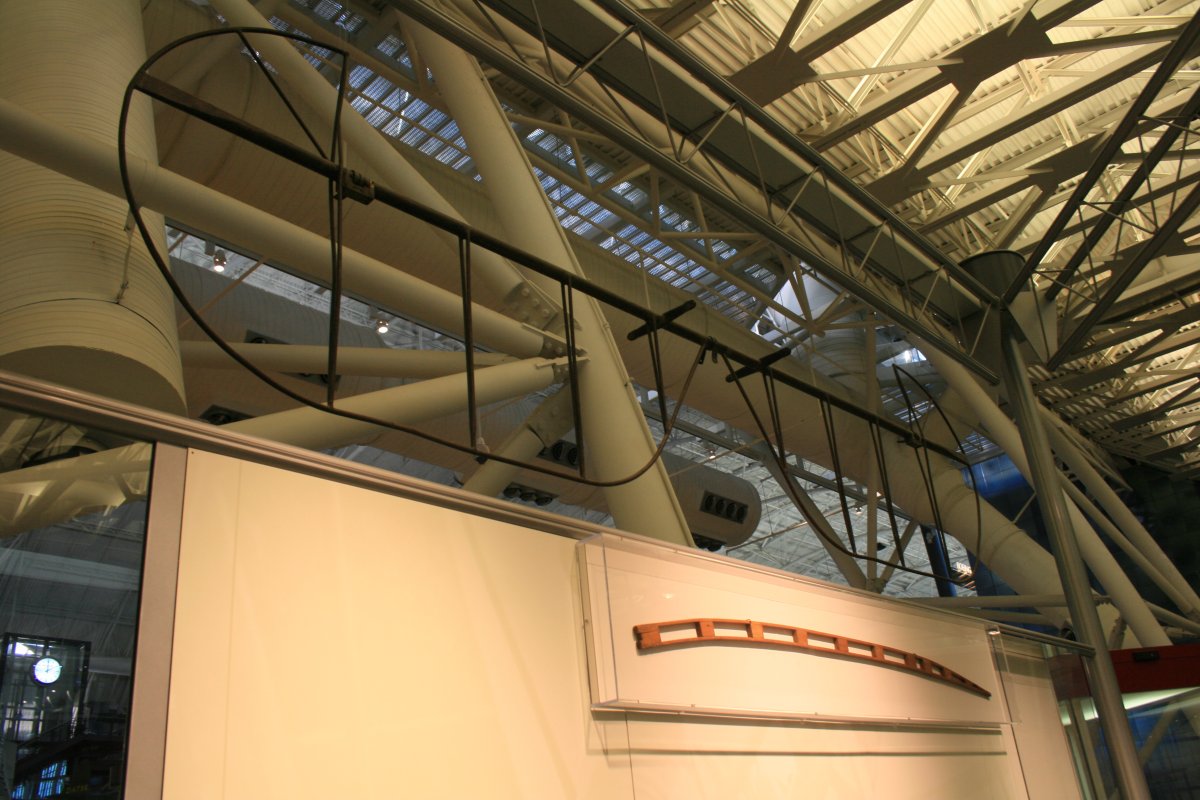
Beautiful PT-19 trainer.
